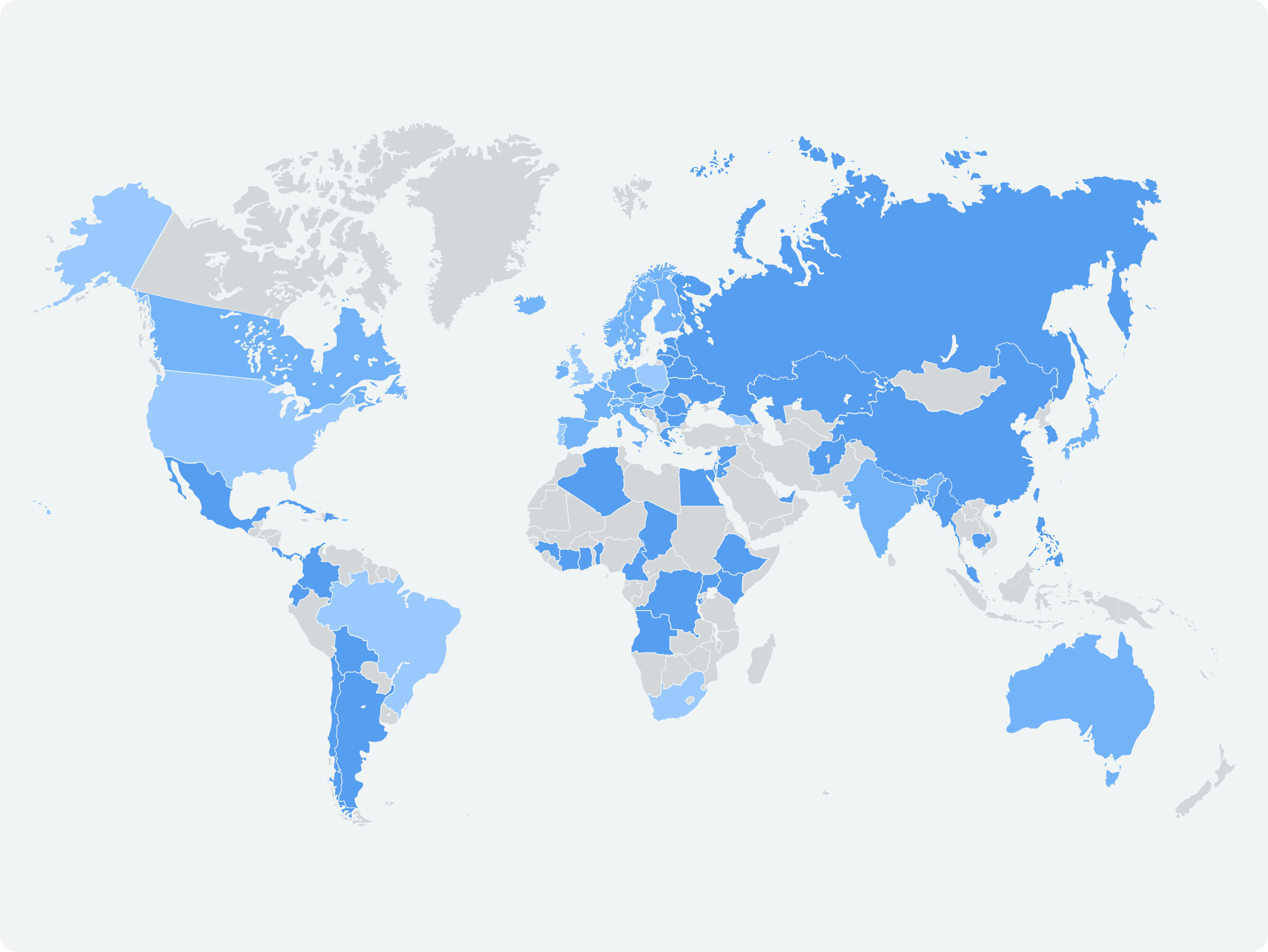Introduction
Effective June 25, 2020, Toledo employers with 15 or more employees are required to adhere to a salary history ban and pay transparency requirement. The law does not apply to public or government employers, except for the City of Toledo. Under the law (Chapter 768 of the Pay Equity Act) employers may not ask for nor screen job applicants based on their pay history. They may not require that an applicant’s pay history, benefits or other compensation satisfy minimum or maximum criteria. Employers may, however, discuss applicants’ pay expectations.
Toledo pay transparency requirements
Toledo’s law focuses on a salary history ban, but has a pay transparency component. Applicable employers must, upon reasonable request, provide the pay range for a position to a job applicant who has been provided a conditional offer of employment by the employer.
The risks of non-compliance
If an Employer fails to comply with any provision of Chapter 768.03, the applicant can seek compensatory damages, reasonable attorney’s fees, the costs of the action, and such legal and equitable relief as the court deems just and proper against the employer. Applicants have a two-year window from when the violation occurs to seek damages.
How can Trusaic assist with Toledo pay transparency law requirements?
The goal of pay transparency laws is to promote practices that lead to a more equitable compensation environment. Similar to salary history ban laws, requiring pay ranges on job postings promotes fair pay practices and holds organizations accountable.
If implemented thoughtfully and strategically by an organization, pay transparency can promote a better work environment where employees believe they are paid fairly. Providing salary ranges on job postings can also positively narrow the applicant pool and improve the hiring experience.
Absent salary range information, a job candidate could go through a multi-week interview process only to discover the job offer is far below their salary expectation. This wastes the candidate’s time and causes financial and reputational damage to the employer.
The task of moving toward full pay transparency can be daunting for an organization.
1. Comply – Use Trusaic’s Salary Range Finder® to ensure unbiased and competitive pay at the time of hire:
Salary range explainability: Salary Range Finder helps you establish and post competitive and equitable pay ranges to confidently comply with pay transparency laws.
2. Correct – Use PayParity® to understand, explain and resolve pay disparities:
Analyze: Trusaic’s pay equity analysis software analyzes compensation and benefits data directly from your HRIS system to uncover pay inequities across gender, race, age, and more. Conduct proactive or compliance-driven analyses to pinpoint disparities, reduce legal risk, and build trust by ensuring unbiased, transparent pay practices across your workforce.
Remediate: PayParity with R.O.S.A. (Remediation Optimization Spend Analysis) helps you remediate pay inequities with precision. R.O.S.A. runs hundreds of simulations quickly to find the most impactful pay adjustments, ensuring your budget is spent where it matters most. Make every adjustment count in your ongoing commitment to unbiased, transparent pay practices.
Prevent: Prevent future pay inequities by addressing systemic root causes and through the continuous monitoring of your pay practices. Use your pay equity analysis to guide salary decisions with tools like Salary Range Finder. Keep progress on track by embedding unbiased pay practices into hiring, promotions, and compensation adjustments.
Leverage Trusaic’s pay equity software solutions to ensure you remain in compliance with Toledo’s pay transparency law requirements.









